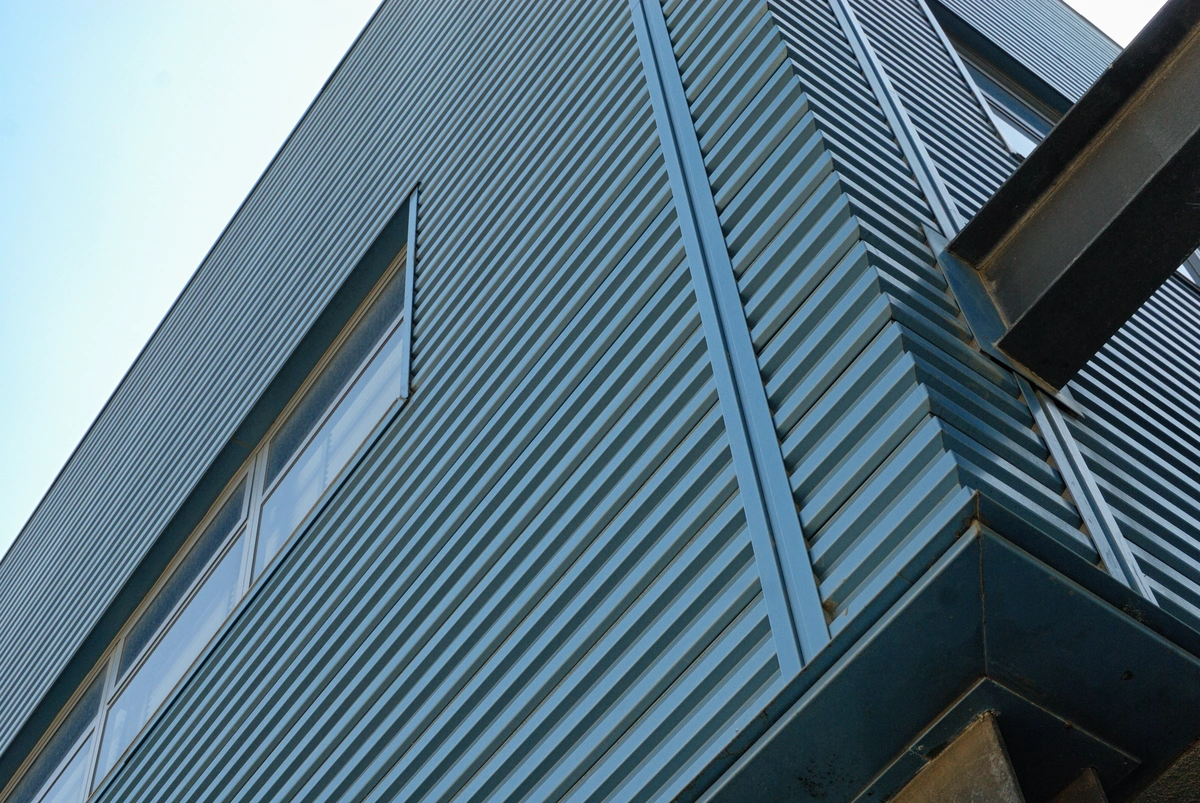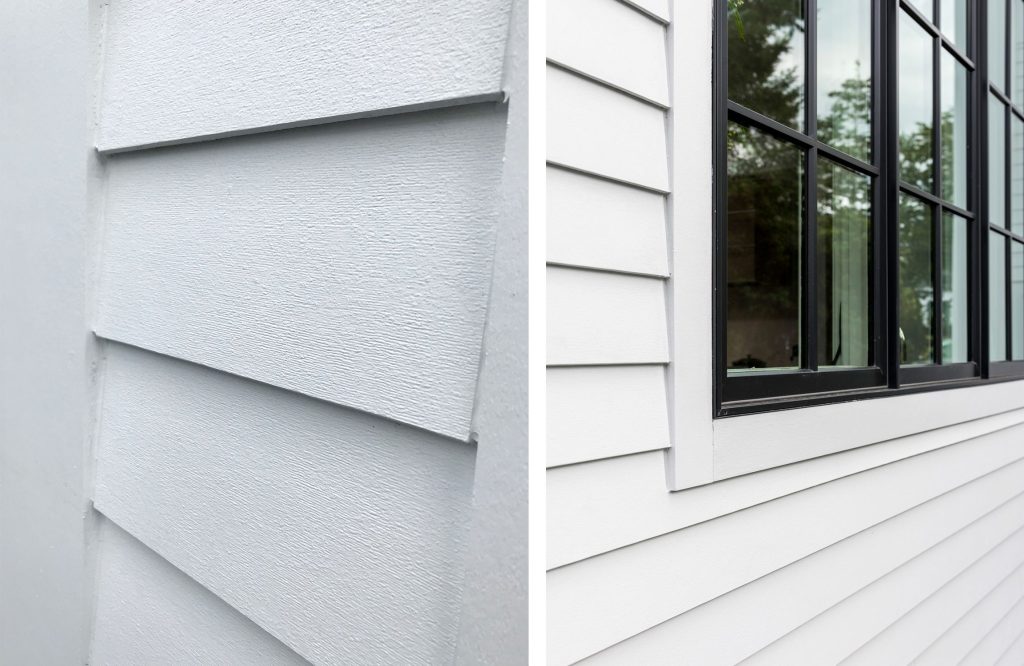Published on: September 19, 2024

The cost to replace siding heavily depends on the size of your home and the type of siding you select. From there you’ll find price variations based on the manufacturer and quality of the materials you choose.
Learn the various cost factors and how to budget for your home renovation as you work to improve your curb appeal and protect your home’s foundation.
The average size of a house in the US is just over 2,000 square feet. In Washington, it is 2,185 square feet. We’ll use the average house size for the calculation to guide you in building a budget for your siding project.
Overall, the average cost for siding on a 2,000-square-foot home is $10,000-$27,000 for vinyl, wood, aluminum or fiber cement. If you’re considering stone or brick, you’ll need a bigger budget of $18,000-$100,000.
Here’s a look at the cost factors that will determine where in that range your project falls.
Ranch homes cost less to replace the siding on since they are simpler to install. A two-story home can cost as much as 30% more to install new siding on when compared to a one-story home of the same number of square feet. That’s because two-story homes require additional equipment and require more hours to change out the siding.
Homes with a standard square shape cost less to update the siding because they require less labor. The more complicated the architecture of your home, the more expensive the siding project will cost.
One of the largest factors in determining the cost of your siding is the type of material you select. That tells you your material costs and the complexity of installing the siding, which can impact your total cost. The more expensive the material or the more complex it is to install, the pricier your project will be. Don’t opt for cheap materials just to get the job done. That will catch up with you in the long run because your home won’t have long-term protection and you’ll need to update your siding again a few years down the road.
Updating your home’s siding is a chance to modernize the exterior. As you mix materials, you might be calling upon multiple experts to install the siding to oversee the project depending on the materials and appearance you’re going for. The more complex your vision for the home, the more it will likely cost for siding installation.
Removing the old siding is a standard practice and will be included in all quotes. But surprises can lurk behind your existing siding. Once your contractor removes the siding, they might find rot, pests, nests or other nuisances. Depending on the damage behind the siding, you could need repair work done that increases the cost of the project. But the repair work is just as important as the siding replacement to protect your home long-term. Disposal costs vary based on the existing siding on your home as well. Some materials are easier to dispose of than others and your contractor doesn’t have full control of those rates as your local municipality might have rules around disposal of the materials.
Seasonality could impact siding costs. During slower times of the year, you contractor might be able to offer a discount on the labor. Materials might also vary in cost during different times of year when it is easier to keep up with the manufacturing schedule required to serve all clients.

Where your home is located is a crucial factor in your siding cost. Washington has a higher cost of living and one of the highest minimum wages in the nation. That makes labor costs more expensive. Because Washington is not centrally located, the material you choose is more crucial because the transportation costs could be high if the manufacturer is located on the other side of the country. You can’t transport your home to another state, but understanding the factors impacting your project cost could help you understand why your home costs more to side than that of your family or friends in other areas.
The labor costs to replace your home’s siding are closely tied to the material you select and its complexity. Labor alone can cost $1-$4 per square foot. You’ll see labor costs as a part of your overall home siding quote.
Each municipality is fully in control of setting permit requirements and fees. These vary from around $100 to well over $1,000. Even small siding repair jobs or partial replacement can require that your contractor get a permit to complete the work. Your contractor knows and follows your municipality’s regulations so you don’t have to worry about filing for your permit. But it will be a factor in your total project cost.
Because the material you select has such a large bearing on the total cost of your project, here’s a look at what you can expect various siding materials to cost.
If you’re considering siding replacement in the Puget Sound or Spokane, Washington, area, 2FL Windows, Siding and Roofing is an outstanding contractor focused on customer service in quality workmanship. Our team can help you decide on materials and work with your budget to accomplish your goals and the exterior appearance you want for your home. Schedule your free estimate now with one of our skilled team members to learn what sets 2FL apart from the competition.
Further Reading:

Read the latest articles about siding.
